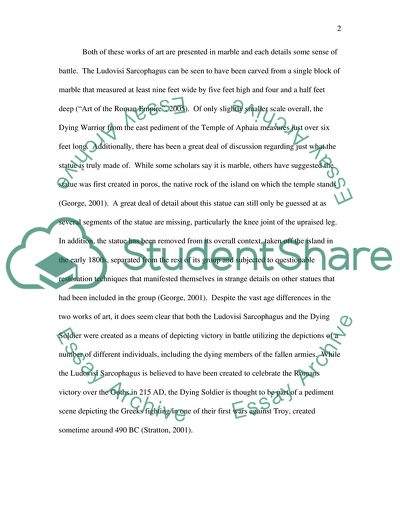Cite this document
(Comparing Artwork Essay Example | Topics and Well Written Essays - 1250 words, n.d.)
Comparing Artwork Essay Example | Topics and Well Written Essays - 1250 words. https://studentshare.org/visual-arts-film-studies/1706066-compare-and-contrast-two-works-of-art-from-two-different-time-periods
Comparing Artwork Essay Example | Topics and Well Written Essays - 1250 words. https://studentshare.org/visual-arts-film-studies/1706066-compare-and-contrast-two-works-of-art-from-two-different-time-periods
(Comparing Artwork Essay Example | Topics and Well Written Essays - 1250 Words)
Comparing Artwork Essay Example | Topics and Well Written Essays - 1250 Words. https://studentshare.org/visual-arts-film-studies/1706066-compare-and-contrast-two-works-of-art-from-two-different-time-periods.
Comparing Artwork Essay Example | Topics and Well Written Essays - 1250 Words. https://studentshare.org/visual-arts-film-studies/1706066-compare-and-contrast-two-works-of-art-from-two-different-time-periods.
“Comparing Artwork Essay Example | Topics and Well Written Essays - 1250 Words”. https://studentshare.org/visual-arts-film-studies/1706066-compare-and-contrast-two-works-of-art-from-two-different-time-periods.


